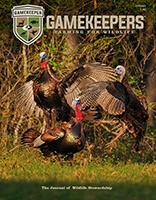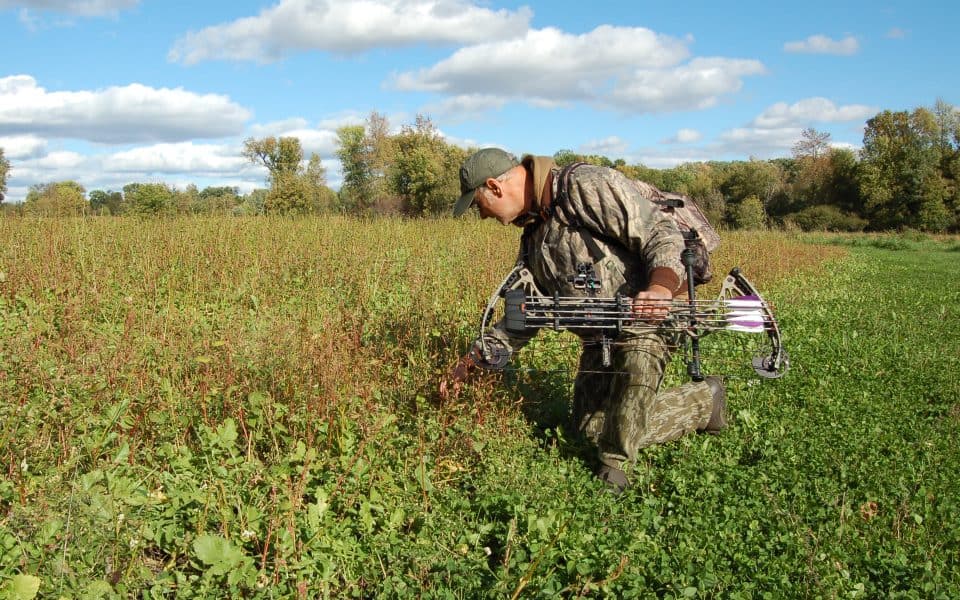“Necessity is the mother of invention.” In the case of many hunters, “necessity is the mother of adaptation.” If you are responsible for developing a hunting property, you must constantly roll with the punches and overcome various challenges.
It was only within a year or two of hunting a property in Northeast Arkansas that our biggest hunting challenge became clear: seasonal flooding. While flooding could benefit the hunting on some larger properties in the area by localizing deer herds, it could ruin the season on a smaller property. Unfortunately, we fell into the latter category. Of the roughly 180 huntable acres we had access to, less than half would be available for the last half of deer season.
The “low ground,” as we often call it, lies below the flood level. This is where the majority of our prime habitat, consistent bedding, and planted food plots exist. It offers great hunting through the rut, but our region of Arkansas also provides excellent late-season hunting—something we constantly lost due to flooding. After a few years of missing out on good hunting opportunities, we decided to tackle the problem and target the seemingly subpar area that remained available.
Enter the “high ground,” the region of the farm that sits above flood level and is characterized by 90% switchgrass CRP and open air. This doesn’t exactly sound like a bowhunting mecca, does it? However, one small wooded draw on the east side appeared to funnel some minor deer travel. This draw is maybe only 75 to 100 yards from our general parking area, only adding to the challenge. But it was the only diversity we had available. Our plan quickly became to target this area and enhance it with a food plot—our own “backup” food plot.
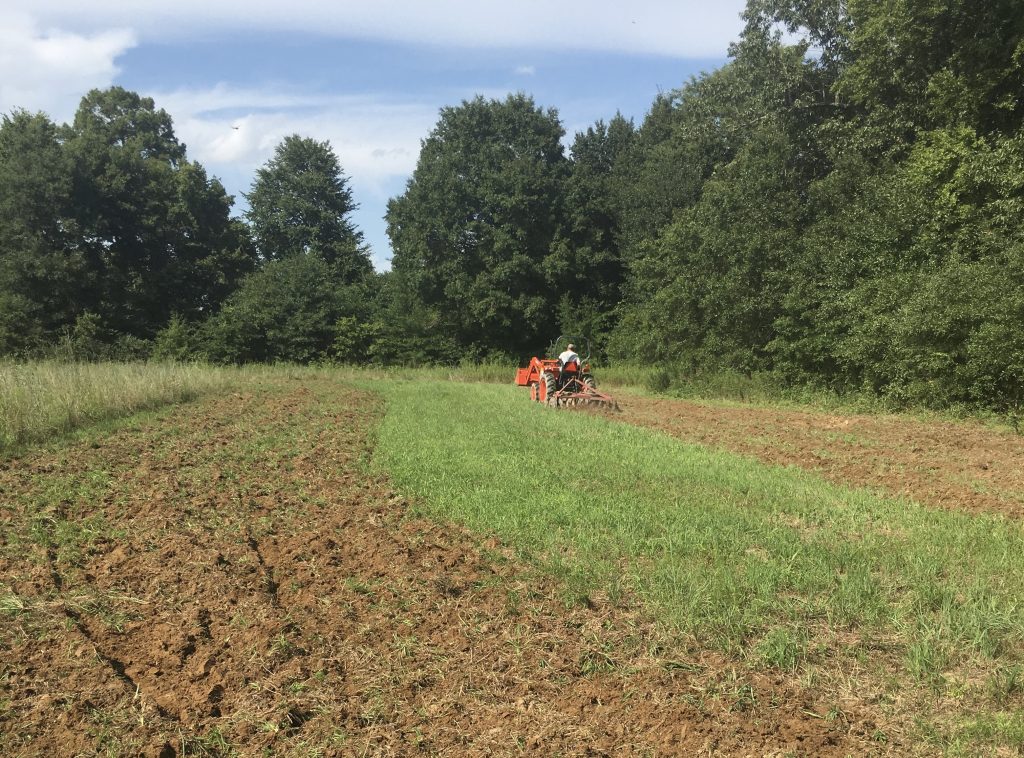
Will Bowen
Over the next season or two, we brought this plan to life through mowing, spraying, and planting. Given the heavy archery hunting schedule of our season, we designed a rectangular food plot, roughly 1/3 of an acre in size. This ensured manageable shot distances while still providing enough food in case of flooding. We finished off the setup with a well-concealed ladder stand and a bulletproof access route. It wasn’t long before we got an opportunity to put the backup food plot to the test.
Just as we predicted, we experienced flooding after Thanksgiving and lost all of our usual hunting options on the farm except the backup plot. Would the deer use it? We soon found out that they would! Trail camera photos and personal encounters proved that our plan had worked. The flooding even pushed the deer to bed closer to the new plot, providing ample daylight activity. Not only had we discovered a way to keep our deer season alive, but we had also given ourselves an excellent late-season option.
Addressing the Need for a Backup Food Plot
It didn’t take us long to realize that we had an overarching problem: losing half a hunting season to flooding. Thankfully, we were left with somewhat of a blank slate to address this issue. If you examine your hunting property, do you see any problems that need to be solved?
Flooding was our biggest challenge, and it certainly poses a problem for those hunting in river bottoms across the country. But it’s not the only reason you might need a backup food plot. A backup food plot might be necessary due to the following:
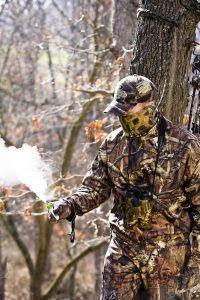
Mossy Oak
Flooding: The fertile soils along the river corridors of the South and Midwest make for great planting grounds, but they also pose a constant flooding risk. Planting all of your plots in flood-prone areas might be your only option, but setting one aside on higher ground, as we did, could keep you in the game when flooding strikes.
Drought: Many regions deal with drought on an annual basis, which can devastate a food plot program. Often, food plots are planted in areas where irrigation is not an option, especially on a budget. Consider placing a backup plot near a creek or pond, where lifting or pumping small amounts of water is feasible.
Overgrazing: A high deer density with limited food can create big problems. If you plant only one or two small plots in an area with many deer, your plot may be wiped out by late October. Planting an extra plot could provide an additional hunting opportunity when food becomes scarce.
Bad Winds: Many hunting properties have only one or two access points, meaning they can only be effectively hunted or accessed with one or two wind directions. If you hunt a large property, this isn’t a big issue, but for small properties, a bad wind direction can ruin your hunt. A strategically placed backup food plot could give you a viable option when other setups won’t work.
Pests: You should have diversity in not only your food plot locations, but also your crops. If army worms move in and completely wipe out your corn or cereal grains, it would be a good idea to have brassicas or clovers also planted. Army worms may be a bad example, because sometimes they seem to eat everything, but you get the idea. Besides hedging your bet against pests, you dramatically extend the timeframe the property will have a palatable food choice available for your whitetails.
Our backup food plot addressed not just one of these issues but several. Take a close look at your property setup. Do you have an overarching problem that keeps your food plots from being effective? Is there a need for a backup food plot? These are important questions to ask yourself.
Planning and Placing a Backup Food Plot
If you’ve identified the need for a backup food plot, your work has only just begun. Proper planning and placement are crucial to its success.
Identify a suitable area that resists the problem you face. If flooding is an issue, seek higher ground. If drought is your concern, find an area near a water source. If overgrazing is a problem, plant near destination food sources. If wind direction is a challenge, locate a spot in a different part of the property. If your backup food plot is still vulnerable to the same issue, is it really a backup?
Focus on areas that naturally attract deer. We honed in on a small draw that funneled deer movement. Look for habitat edges or topographical features that naturally guide deer. Finding a location where deer already travel will help them adapt to your new plot more quickly.
Ensure the plot is huntable. Drawing and holding deer is valuable, but the goal is to have a place to hunt. Make sure you have easy and safe access and regress from the spot so you can sneak in and out without bumping every deer out of the area. Analyze the area for good tree stand or blind setups and appropriate shot distances to ensure a successful hunt.
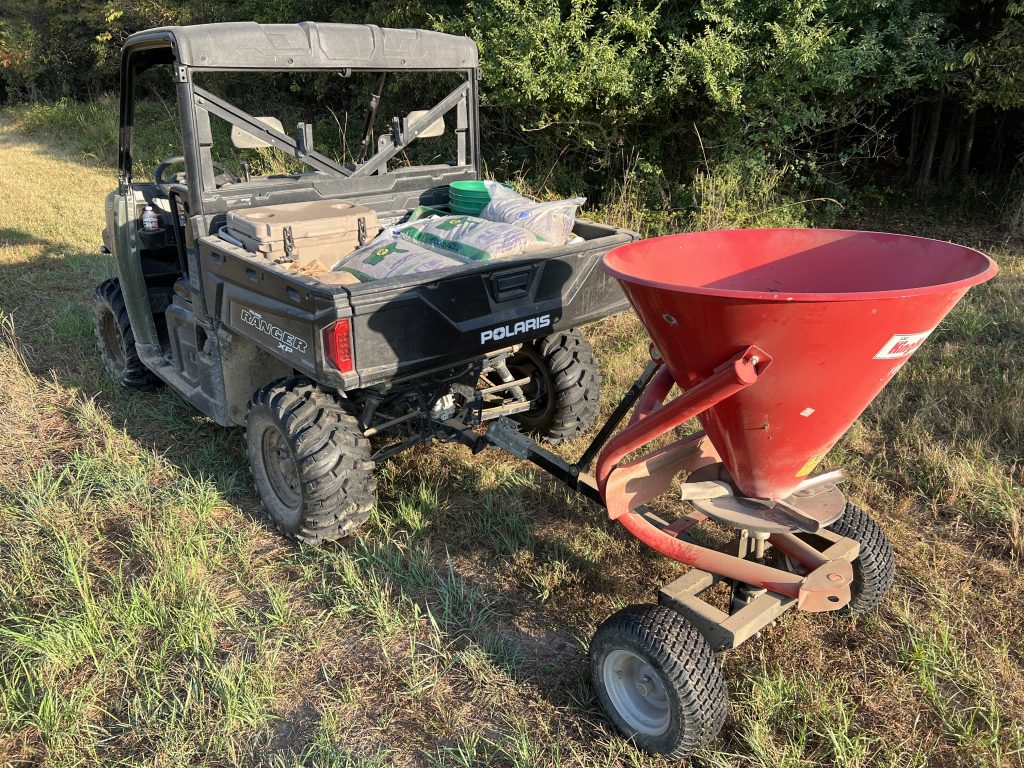
Will Bowen
Tips for Success
A well-planned backup food plot can save you from a frustrating and disappointing season. Here are some quick tips to ensure success:
Size appropriately: Make the plot as large as you can afford, but don’t exceed your weapon’s effective range. If archery hunting is your primary method, maintain reasonable shot distances, or design the plot layout with pinch-points. If using firearms, expand accordingly.
Plant a diverse mix: A blended food plot mixture ensures deer have something palatable throughout the season. However, if you have a small micro-plot, sticking to a season-appropriate, monoculture crop may prevent overgrazing and maintain attractiveness.
Optimize entry and exit routes: Just because this is a backup food plot doesn’t mean you should ignore efficiency and stealth. Use natural or created cover to ensure concealment when accessing your setup.
Monitor and adjust: Take notes on what works and what doesn’t, then make offseason adjustments. You won’t always get it perfect on the first try, so be prepared to adapt – sometimes planting food plots can seem more of an art than a science.
Conclusion
Adding a backup food plot to our hunting strategy has been one of the best decisions we’ve made as small-property managers. We’ve had multiple successful harvests from this plot, and it has provided countless memorable hunts. Over the years, the plot has evolved into more than just a backup—it has become an integral part of our hunting strategy.
What starts as a backup food plot today may become your first choice tomorrow. Take the time to do it right, and you will be rewarded. Do you have a need for a backup food plot this season?
Join our weekly newsletter or subscribe to Gamekeepers Magazine.
Your source for information, equipment, know-how, deals and discounts to help you get the most from every hard-earned moment in the field.
